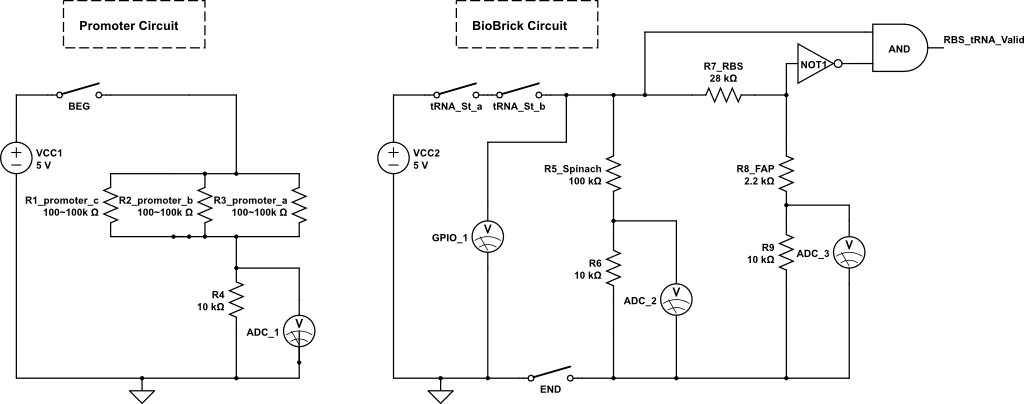
Mains Remote-Alert Circuit Using BC547 Transistor

The following circuit illustrates a Mains Remote-Alert Circuit Diagram. Features include simple circuitry, with the transmitted signal being conveyed effectively.
The Mains Remote-Alert Circuit is designed to provide a notification system that alerts users about the status of mains power. The circuit typically consists of a transmitter and a receiver unit. The transmitter is connected to the mains supply and detects when the power is on or off. This is often achieved using a simple switch or relay that activates when mains voltage is present.
The transmitted signal is usually a low-frequency radio frequency (RF) signal, which is sent wirelessly to the receiver unit. The receiver is equipped with a demodulator that converts the RF signal back into a usable form, triggering an alert mechanism, such as an LED indicator, buzzer, or other notification systems.
Key components of the circuit may include a microcontroller or timer IC that manages the timing of the signal transmission, ensuring that alerts are sent only when necessary. Additionally, the circuit may incorporate filtering capacitors to stabilize voltage levels and prevent false triggering due to noise.
The overall design emphasizes simplicity, making it accessible for hobbyists and engineers alike. The circuit can be easily modified to include additional features, such as adjustable sensitivity or multiple alert types, enhancing its functionality and user experience.
This system is particularly useful in applications where monitoring mains power is critical, such as in remote locations or for individuals who may not be able to physically check power status regularly.The following circuit shows about Mains Remote-Alert Circuit Diagram. Features: simple circuitry, the transmitted signal is conveyed into the . 🔗 External reference
The Mains Remote-Alert Circuit is designed to provide a notification system that alerts users about the status of mains power. The circuit typically consists of a transmitter and a receiver unit. The transmitter is connected to the mains supply and detects when the power is on or off. This is often achieved using a simple switch or relay that activates when mains voltage is present.
The transmitted signal is usually a low-frequency radio frequency (RF) signal, which is sent wirelessly to the receiver unit. The receiver is equipped with a demodulator that converts the RF signal back into a usable form, triggering an alert mechanism, such as an LED indicator, buzzer, or other notification systems.
Key components of the circuit may include a microcontroller or timer IC that manages the timing of the signal transmission, ensuring that alerts are sent only when necessary. Additionally, the circuit may incorporate filtering capacitors to stabilize voltage levels and prevent false triggering due to noise.
The overall design emphasizes simplicity, making it accessible for hobbyists and engineers alike. The circuit can be easily modified to include additional features, such as adjustable sensitivity or multiple alert types, enhancing its functionality and user experience.
This system is particularly useful in applications where monitoring mains power is critical, such as in remote locations or for individuals who may not be able to physically check power status regularly.The following circuit shows about Mains Remote-Alert Circuit Diagram. Features: simple circuitry, the transmitted signal is conveyed into the . 🔗 External reference





